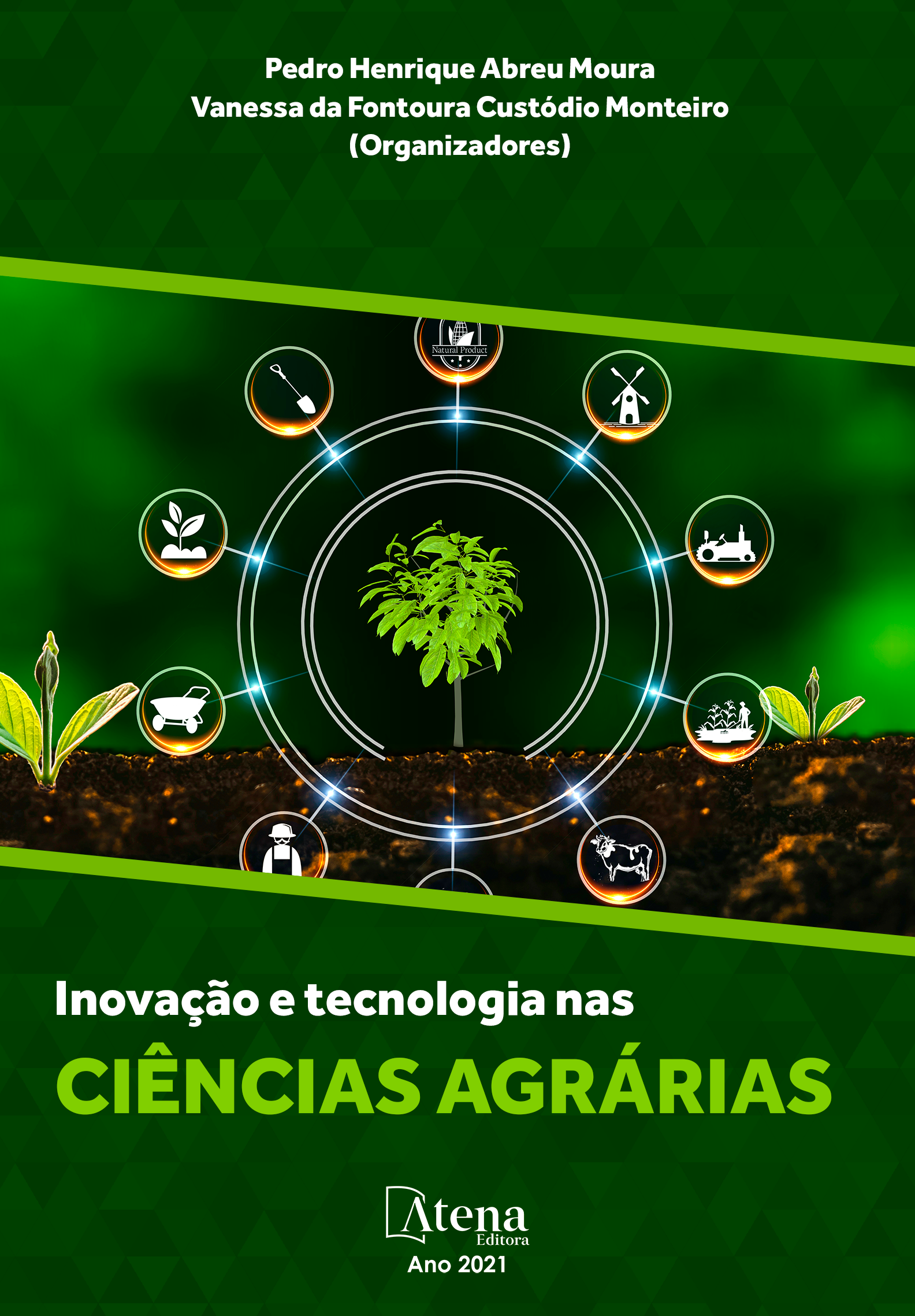
TEORES DE MACRONUTRIENTES EM LIMBOS E PECÍOLOS E PRODUTIVIDADE DE FRUTOS COMERCIAIS DE CULTIVARES DE MAMOEIRO
Com os objetivos de avaliar os teores de macronutrientes em pecíolos e limbos de mamoeiro e a correlação do estado nutricional da planta com a produtividade de frutos comerciais, instalou-se um experimento com quinze cultivares de mamoeiros, espaçamento de 3,5 m x 2,0 m, em blocos casualizados, quatro repetições, unidade experimental de 10 plantas em linha. População de 600 plantas, após sexagem. O preparo da área e os tratos culturais seguiram as recomendações para a cultura, e o plantio no campo foi realizado no dia 29/04/2009. No dia 25/07/2009, instalou-se o sistema de irrigação com fitas gotejadoras. Foram avaliados, em duas épocas, os teores dos nutrientes (g kg-1) Nitrogênio (N), Fósforo (P), Potássio (K), Cálcio (Ca), Magnésio (Mg) e Enxofre (S), aferidos em “limbos” e “pecíolos”, e a produtividade de frutos comerciais, em dois períodos. Os dados médios foram submetidos à análise de variância e as médias foram comparadas pelo Teste Scott-Knott (1974) a 5%. O pecíolo foliar do mamoeiro parece ser o mais indicado para se procederem às análises dos macronutrientes, porém, o limbo também pode ser utilizado. O período de colheita afeta a produtividade e a cultivar Caliman 01 foi a mais produtiva nos dois períodos avaliados.
TEORES DE MACRONUTRIENTES EM LIMBOS E PECÍOLOS E PRODUTIVIDADE DE FRUTOS COMERCIAIS DE CULTIVARES DE MAMOEIRO
-
DOI: 10.22533/at.ed.24321161215
-
Palavras-chave: variabilidade genética, nutrição mineral, adaptabilidade, amostragem foliar, Carica papaya
-
Keywords: Genetic variability, mineral nutrition, adaptability, leaf sampling, Carica papaya
-
Abstract:
With the objective of evaluating the macronutrient contents in petiole and mosquito limbes and the correlation of the nutritional status of the plant with the yield of commercial fruits, an experiment was installed with fifteen cultivars of maize, spacing of 3.5 m x 2.0 m, in randomized blocks, four replications, experimental unit of 10 plants in line. Population of 600 plants after sexing. The preparation of the area and the cultural treatments followed the recommendations for the crop, and planting in the field was carried out on 04/29/2009. On 25/07/2009, the irrigation system was installed with drip tapes. The contents of nutrients (g kg-1) Nitrogen (N), Phosphorus (P), Potassium (K), Calcium (Ca), Magnesium (Mg) and Sulfur (S) were evaluated in two seasons, measured in "limbos" and "petioles", and yield of commercial fruits in two periods. The mean data were submitted to variance analysis and the mean characteristics were compared using the Scott-Knott Test (1974) at 5%. The leaf petiole of the papaya seems to be the most indicated for macronutrient analyses, but limbo can also be used. The harvest period affects productivity and the cultivar Caliman 01 was the most productive in the two periods evaluated.
-
Número de páginas: 19
- Enilson de Barros Silva
- Lucio Pereira S


